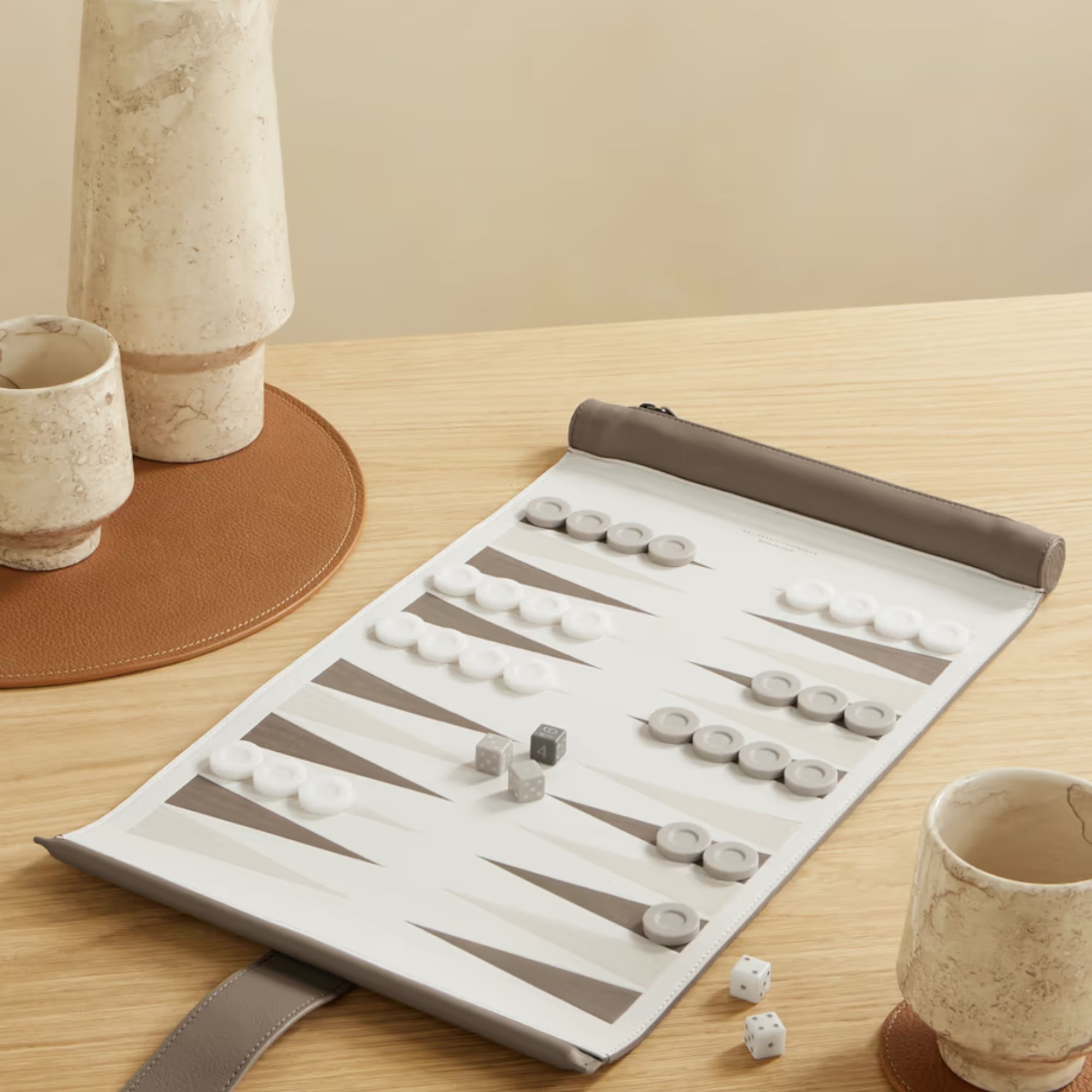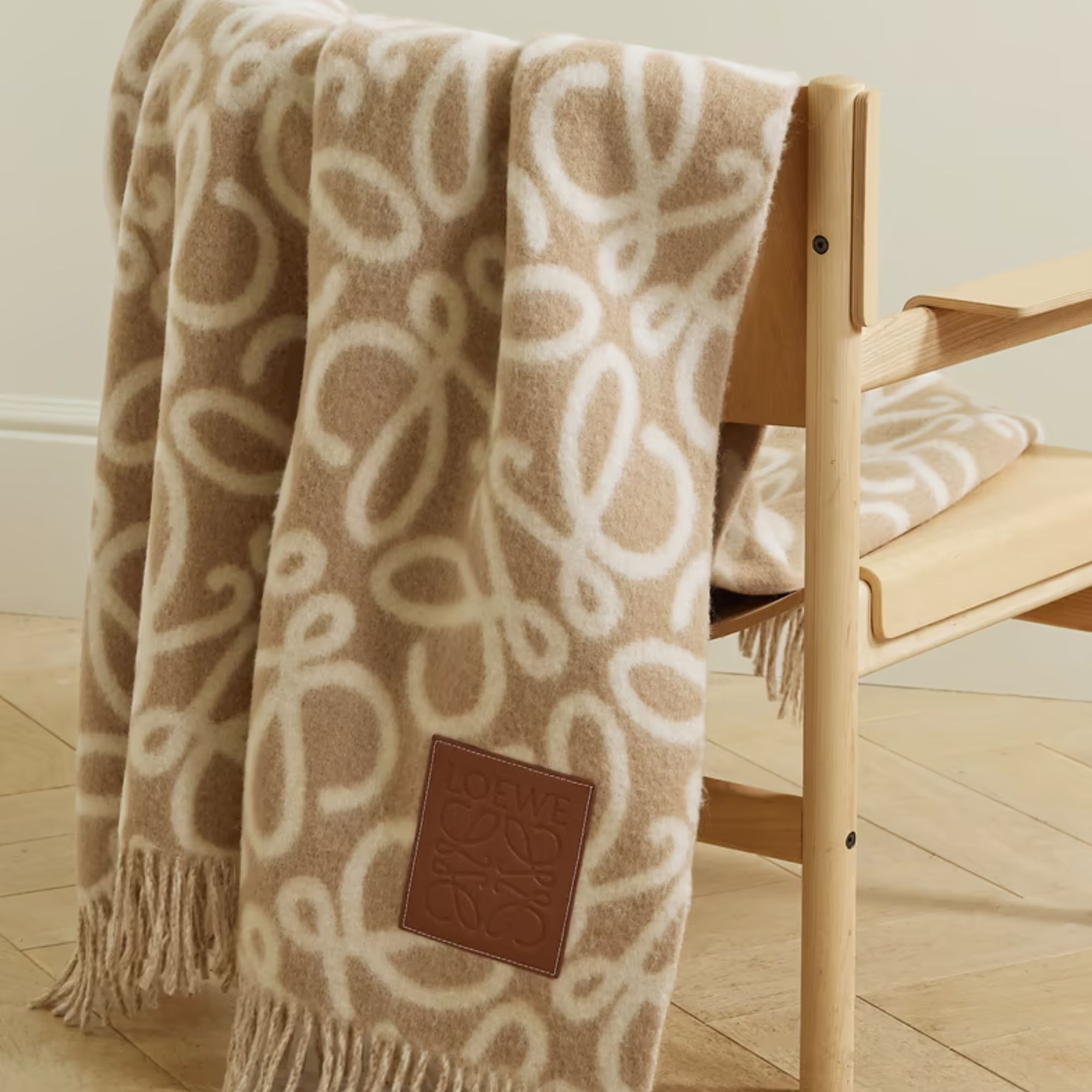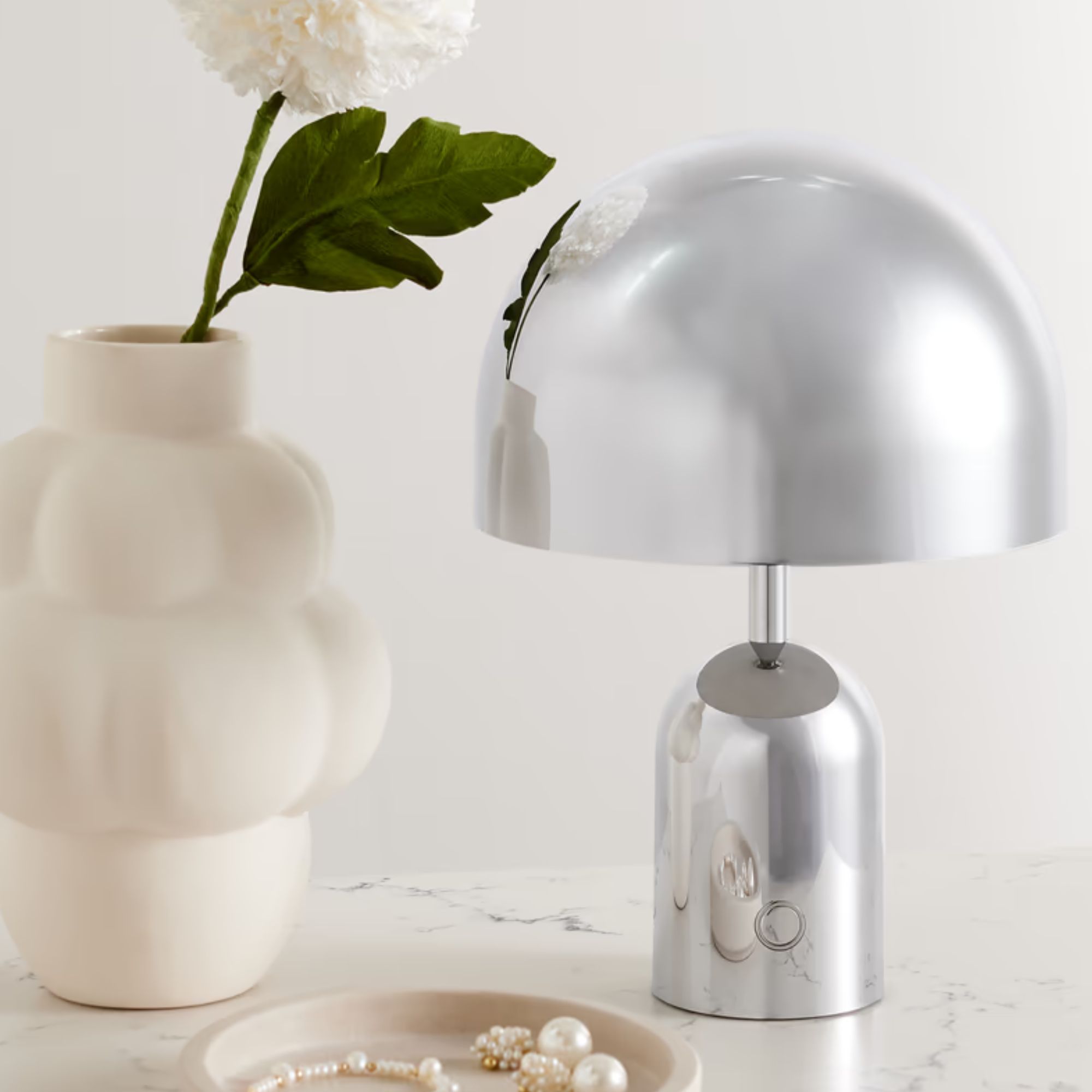'Analog spaces' are making a comeback – '70s-inspired and all about cozy vibes, this is why designers love the style
Interior designer Hans Lorei just took to social media to celebrate 'analog' interiors, and it's safe to say we're on board. This is how to get the warm and welcoming look at home
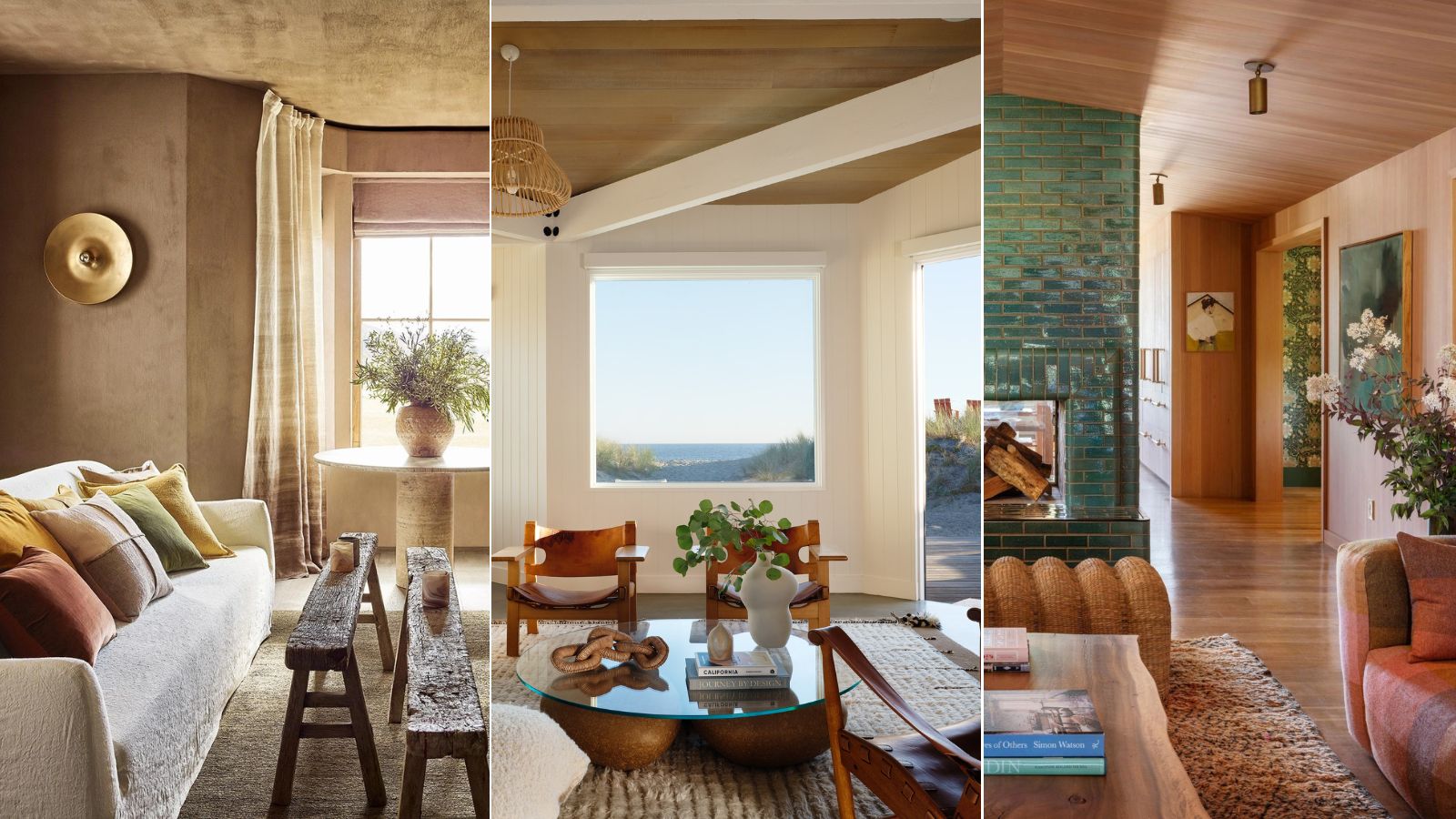

Creating a calming, welcoming, and warm home environment is at the top of many homeowners' priority lists, and for good reason. No matter your interior design style of choice, your living space should put you at ease. But when we're surrounded by smartphones, TVs, and smart home devices at all hours, it can feel quite difficult to unplug – even in the most comfort-forward spaces.
That's why interior designer Hans Lorei just shared his top five tips for creating 'intentional analog spaces' in your own home. With 'digital overwhelm' at 'an all-time high,' Hans says that more and more people are making a conscious effort to limit the presence of technology in their homes. And 'analog spaces,' with limited screens and oh-so-cozy design features, fit the bill.
The style's '70s modern look blends right in with the present day, featuring sleek furniture design and ambient lighting. To hear more about why analog spaces meet 21st-century needs, and how to embrace retro home decor in your own space, we spoke with Hans and other interior designers about the style. Here's what they had to say.
What is an analog space?
@hansloreidesign Digital overwhelm is at an all time high and folks are craving analog spaces in their homes. Here's 5 things I'd put in my analog space #interiors #interiordesign #homedecor #homedesign #listeningroom #analog
♬ original sound - Hans Lorei Design
Coined by Hans Lorei, the term 'analog space' refers to interior design schemes that do without too much technology. Instead, they allow homeowners and their loved ones to simply enjoy one another's company without distraction. These intentional spaces help combat the 'phone fatigue' many of us feel after working, socializing and more on our devices day in and day out. Carving out these 'analog' zones will make your home more relaxing, says Hans.
'Too much technology all the time is taking a toll on us in every department – mental, emotional, physical and spiritual. Everyone has a desire for more low-tech experiences – reading, time outdoors, listening to music, etc. I think of an analog space as a sacred space in your home that is essentially free of screens. Somewhere comfortable, sensual and physical where we can bring our brains back into our bodies.'
What are the essentials of an analog space?
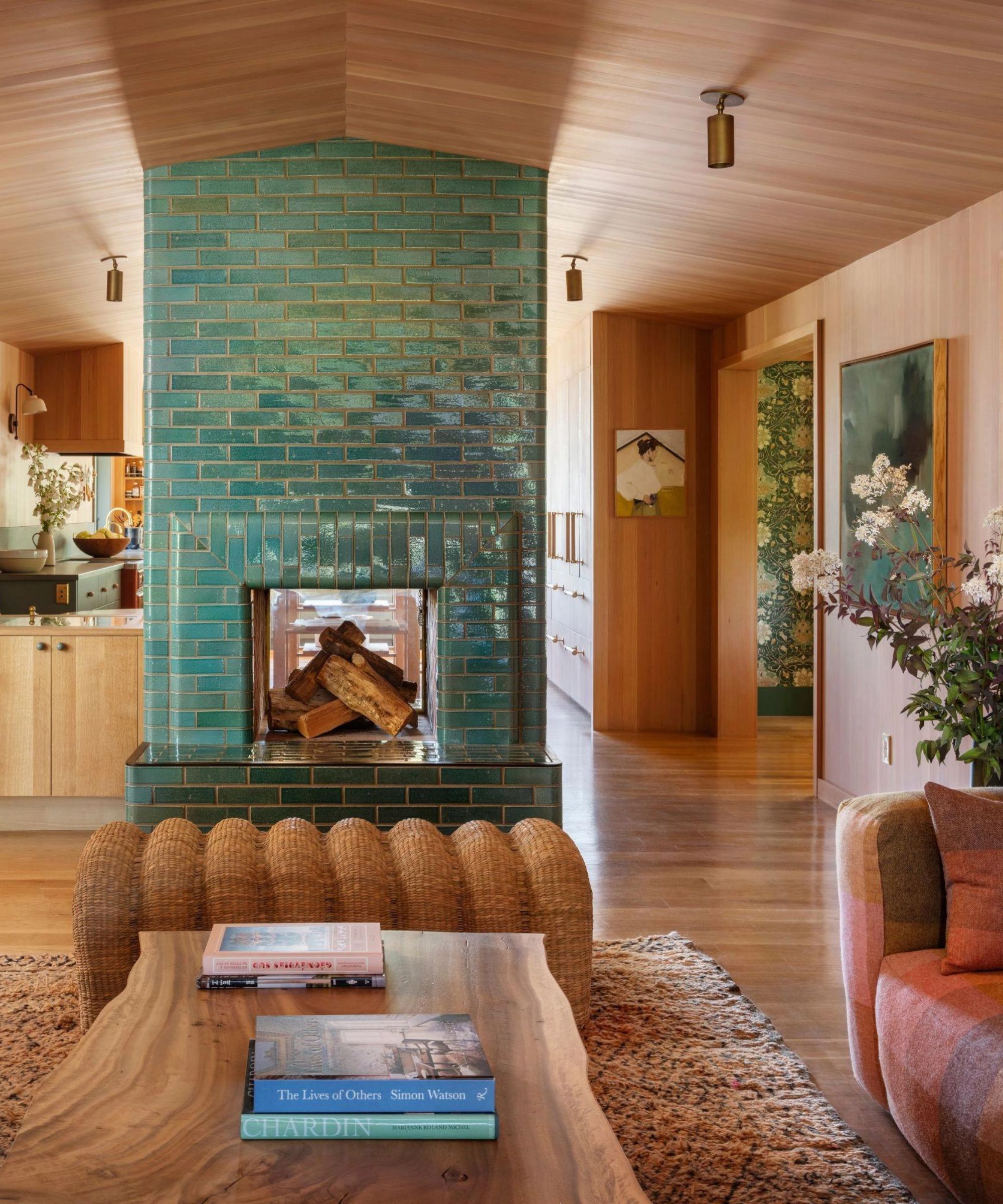
In his video on 'analog spaces,' Hans names five key features you'll want to include when building your very own low-tech environment at home: 'First, it's probably centered around a statement console or shelf – something with personality, like these ones from Hay or CB2 could be a great move, and it gives a place to store those books and music.'
After showing off a few options for sleek, stylish consoles, Hans moves on to the next suggestion: a record player. Though this isn't essential to every home, the slightly scratchy sound of vinyl adds a welcoming atmosphere to any living space. He recommends the brand Retrolife, noting the record players' stunning wood finish.
Sign up to the Homes & Gardens newsletter
Design expertise in your inbox – from inspiring decorating ideas and beautiful celebrity homes to practical gardening advice and shopping round-ups.
'Next, some kind of sculptural and low-to-the-ground seating. The Falcon Chair by Modern Classics or the Humphrey Armchair by Soho Home are the right kind of thing,' Hans adds, referencing retro yet timeless pieces you'll want to get your hands on.
From there, he recommends low-light reading lamps, calling them 'critical' to an analog-inspired space: 'I love vintage stuff, so these options in chrome from Chairish can be just right,' he says, showing off streamlined and whimsical lamps.
'And finally, a very large plant. You get that natural texture, that sense of enclosure, and of course, you'd uplight it at night for those dramatic shadows on the ceiling,' Hans concludes. With all these elements combined, any living space will be left with a warm and inviting look that's meant to last.
What's to love about analog design schemes?

Kailee Blalock, co-founder and principal designer of San Diego-based House of Hive Design Co., says she and co-founder Taylor Troia 'love the idea of an "analog space." Because it's increasingly difficult to 'carve out time away from screen time,' people are longing for more dedicated, tech-free spaces, she says. In fact, she says House of Hive has recently had several clients ask for 'such intentional spaces.' With or without the 'analog space' label, it's clear that these design schemes are in high demand.
'Recently, we completed a wellness room design featuring a Japanese-style soaking tub and an infrared sauna. Analog spaces don't have to be limited to a record player or books; they can also focus on wellness or anything else that offers a break from modern technology,' says Kailee. 'There’s a growing need for mindful spaces, and setting aside areas for intentional activities, away from phones and computers, is likely to become the new norm.
Tineke Triggs, founder and principal designer of San Francisco-based Tineke Triggs Design, says the term analog space 'feels both nostalgic and refreshing.' Because many of us are so connected online, she understands the appeal of 'reconnecting with something more tactile and authentic' in this way.
'It emphasizes a return to simplicity and tangibility in our environments, which contrasts sharply with our increasingly digital lives. I appreciate the idea because it fosters a sense of grounding and connection to physical elements, something often lost in today's high-tech world. While I might not specifically label my projects as "analog," the principles often align with creating spaces that promote real-world interaction and relaxation without digital distractions,' says Tineke.
How to channel the analog look at home

Getting the analog look in your own space is quite easy, and doesn't require too many new items or too much rearranging. If you want to make your living room easier on the senses, Tineke offers a few quick fixes that bring the 'analog' look in all its glory. Aside from creating 'dedicated tech-free zones' in your home like reading nooks or phone-free dinner tables, she says that often, opting for natural materials channels a welcoming, calming atmosphere.
'Use wood, stone, linen and wool to create a connection with the natural world. These materials are not only timeless but also help to create a soothing, grounded atmosphere in your home,' she says. 'Besides using natural materials, incorporating plants, water features, or even a small indoor herb garden can enhance the 'analog' feel by bringing more life into your space.'
Fill your space with meaningful items, too, like books and storied antique furniture. By investing in decorative items you love, and that have been made with love, rather than big-box, impersonal picks, you'll have a unique and characterful home to come back to. Tineke says that furniture and decor 'that highlight artisanal skills and craftmanship' is always a good choice in an analog space.
Hans adds that the space's color scheme is important to get down as well, as it'll contribute to the overall mood of your home and make or break your very own analog space.
'I love the idea of warm whites and beiges, multiple wood tones, reds, leather and velvet. You could go darker and more library loungy as well, so greens or browns and wood paneling. The listening room of the 70's is certainly a great aesthetic and one that could be borrowed heavily from in this space,' he says. 'If you really distill it all the way down - you want a peaceful space with warm low light and a chair that both looks exciting and is comfortable to sit in. Nail those things and then build everything else around it.'
What else should you add to your analog space?

'To channel an "analog space," it's essential to include elements that help you feel refreshed. If you enjoy writing, consider incorporating a typewriter and a desk. For meditating, add comfortable floor seating. If reading is your preference, invest in a cozy reading chair or a chaise. Start by determining how you want to disconnect from technology, and build your space from there,' says Kailee.
With your hobbies, interests and favorite things in mind, design a space you'll love to live in – someplace you'll never want to leave. In addition to his list of five key elements, Hans tells H&G that a bookshelf, a 'nice, thick rug', and maybe even fitness equipment would work well in an analog space.
'Maybe a couple of cherished art pieces – pottery you bought on a trip,' he adds. 'A desk or table if you like to read or write at a table. An upright piano. Bonus for plants – they provide texture and the feeling of sitting under a canopy of a larger plant is wonderful. It's pretty hard to go wrong with a brass reading lamp.'
Tineke adds her own go-to design elements for analog-inspired spaces: 'If I were to add anything to Hans' list of must-haves, it might include elements that specifically cater to the senses, like textured throws and pillows, art pieces that evoke serenity or inspire creativity, and even a dedicated craft space for painting, drawing, or writing. These touches not only enhance the visual appeal of "analog" spaces but also enrich the tactile experience, making the home a sanctuary from the digital world.'
It's not hard to see the appeal of an analog living space – distraction-free and comfort-forward, they have all the hallmarks of a cozy, inviting home. With a tech-free end goal and a selection of vintage, characterful pieces, you'll be set to create new memories with friends and family – and you can leave the screens behind.

Abby was the Interior Design News Editor at Homes & Gardens and is now studying for her Master's degree in Journalism at City University, London. Prior to joining our team, she worked with Better Homes & Gardens, where she wrote and edited content about home decor, gardening tips, food news, and more. She studied Journalism and English Literature at New York University and moved to London to pursue her love of writing in 2023.
-
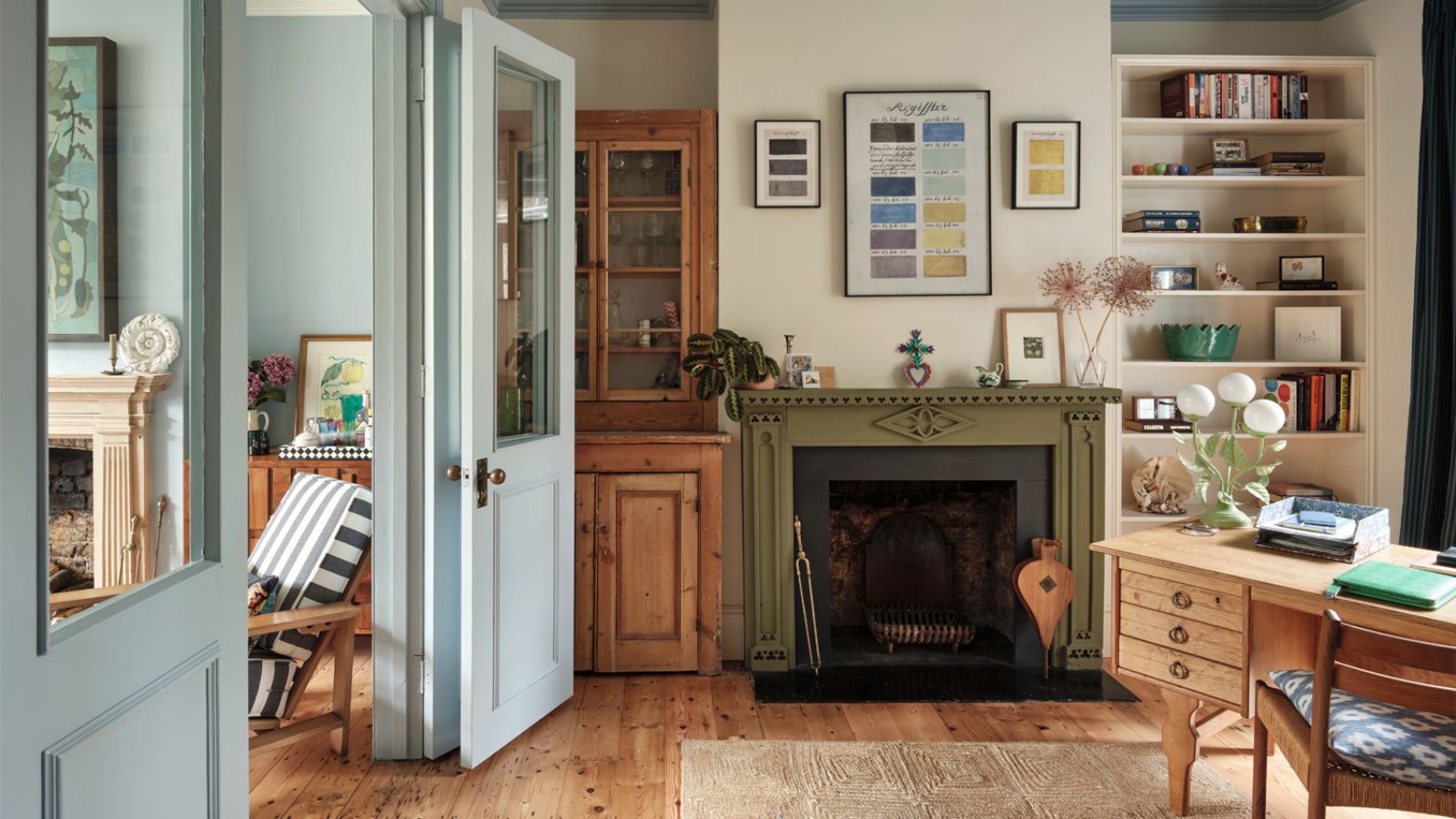 5 surprising but brilliant ways to clean with old socks – from perfectly buffing stainless steel to deterring pests naturally and more
5 surprising but brilliant ways to clean with old socks – from perfectly buffing stainless steel to deterring pests naturally and moreTackle dust in tricky corners, clean your mirrors and even banish bad odors with those rogue single socks
By Andy van Terheyden Published
-
 How to grow astilbe – expert advice on cultivating this shade-tolerant flowering perennial
How to grow astilbe – expert advice on cultivating this shade-tolerant flowering perennialShade-tolerant and pest-resistant - astilbe are hardy and tough perennials that can thrive in many settings
By Ellen Wells Published
